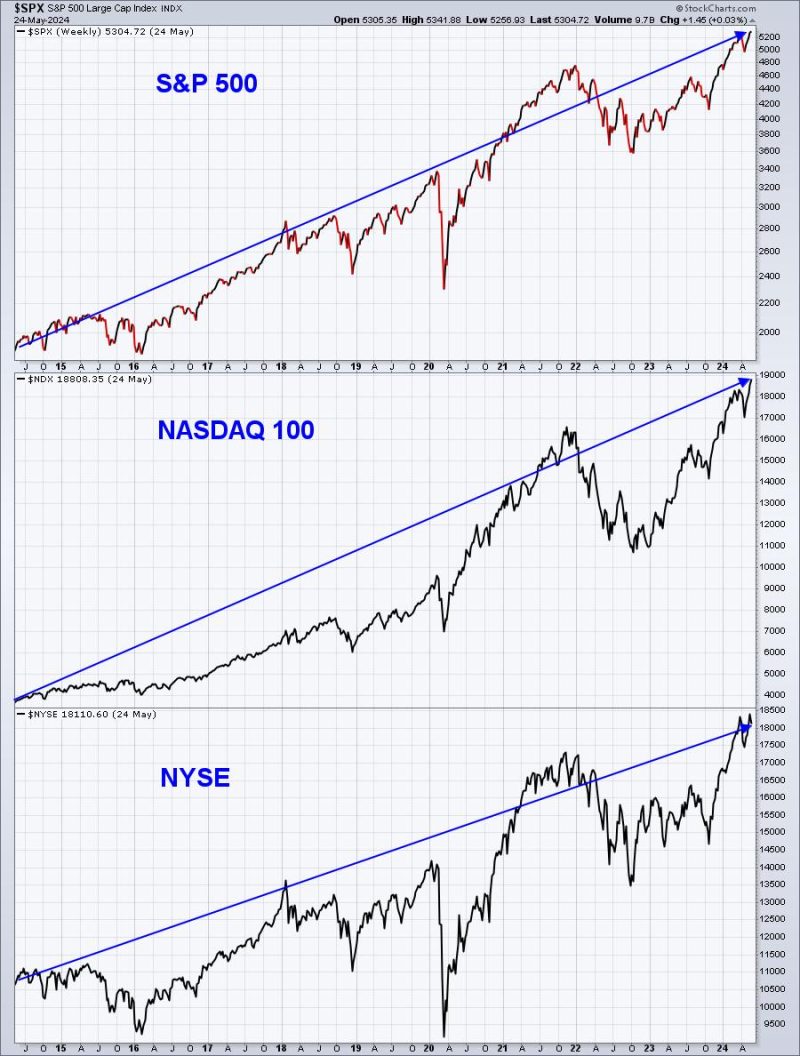Step 1: Build A Solid Trading Plan
Like any business strategy, your trading activities must also be rooted in a solid plan. Your trading plan is a comprehensive blueprint that outlines your investment goals, the risk tolerance, and your preferred trading methods, be it day trading, swing trading, or long-term trading. This plan firmly establishes the criteria for entering and exiting trades, determining the position size, and managing risks.
A solid trading plan instills discipline, preventing a trader from making impulsive decisions based on fluctuating market dynamics. It helps in setting realistic profit targets and the level of losses one is willing to bear. By monitoring and adjusting the plan as per your trading performance, you can stay directed towards your trading goals and ascertain whether you are on the right track.
Step 2: Understand the Market and its Trends
The importance of market research and analysis cannot be overemphasized in trading. A thorough understanding of the market entails the study of demand and supply dynamics, key market movers, and macroeconomic indicators. It is crucial to grasp an understanding of market trends and patterns, to predict future price movements accurately.
Furthermore, leverage technical analysis tools like charts, indicators, and patterns helping traders identify trending and non-trending markets. Utilizing fundamental analysis provides insights into how economic events, news, and releases might influence the market. This combined approach can significantly improve your market prediction accuracy, essential for successful trading.
Step 3: Implement Risk Management Techniques
Risk management is pivotal to shield your capital from the inherent volatility of trading markets. Even if your predictions are wrong, effective risk management techniques prevent you from losing substantial capital, ensuring your trading account’s longevity.
The initial step in risk management is to never trade with money that one cannot afford to lose easily. Subsequently, define the maximum acceptable loss per trade, usually recommended to be no more than 2% of your trading capital. Implement stop-loss orders, which will automatically close your trade at a predefined price level, limiting loss if the trade goes against you.
Another method, diversification of your trading portfolio across different asset classes, can hedge against unexpected market movement and keep your risk in check.
Step 4: Regular Review and Improvement
Trading is an ongoing learning process where continuous evaluation is vital. Regularly reviewing your trading performance, including profitable and losing trades, allows for the identification of strengths and weaknesses in your trading strategy.
Keeping a trading journal where you record your trades, reasons for entry and exit, profit or loss, and emotions at the time of the trade can provide valuable insights. Over time, it will help you develop a pattern to understand what strategies work best for you.
Additionally, never stop learning. The financial markets are continuously evolving, with new trends and strategies evolving. It is crucial to invest in advanced trading education and continuously update your skills and knowledge. This will not only improve your trading performance but will also be instrumental in adapting to the trading landscape’s ever-changing dynamics.




